
Travelling as a student: a weekend in Copenhagen.
Back with another student travel blog, this time I wanted to share about my weekend in Copenhagen and the key points you need to know about travelling there. Copenhagen, as the capital of Denmark, is a popular tourism destination and worth a visit if you’re not usually close by to the Nordics. Here are my experiences of travelling, eating, shopping, and enjoying Copenhagen!
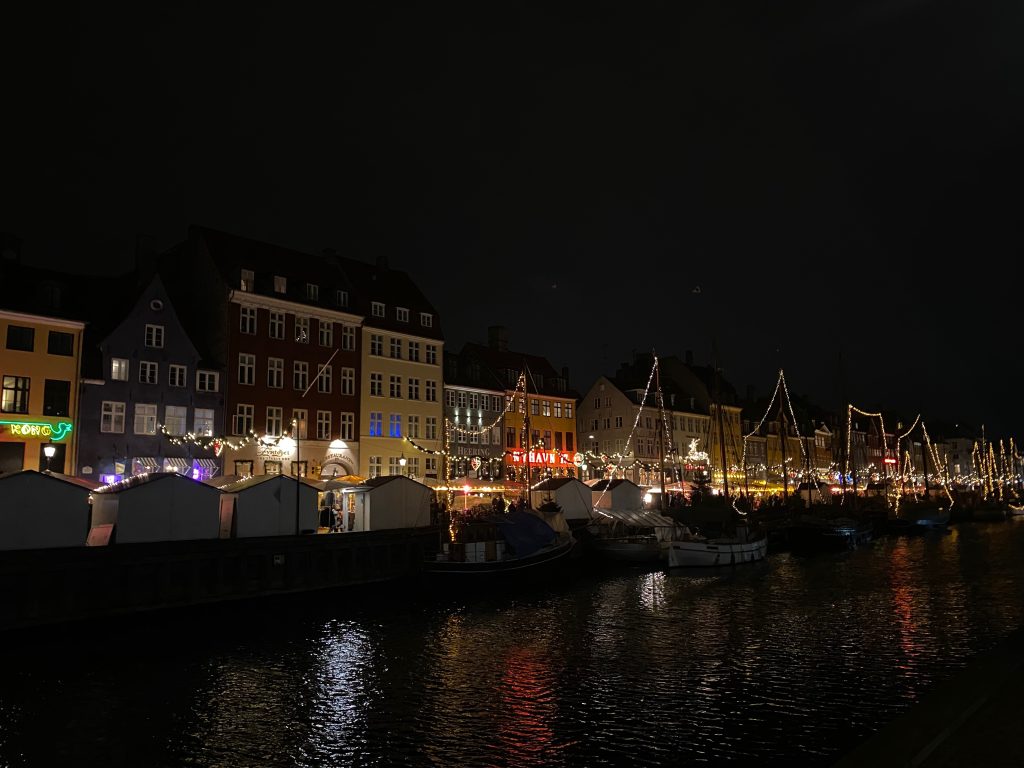
Getting there
The easiest ways to get to Copenhagen are by train or by flying. Depending on who you are, and the discounts you have access to, either can be fairly cheap – although the train takes around six hours and the flight is only around one. If you’re under 25, you can get access to very inexpensive airline tickets, which is what my friends and I decided to do, and is definitely worth the savings in travelling time. The only caveat is that you might have to fly at crazy hours – we landed in Copenhagen at 7am, and so we felt slightly delirious for our first day there!
Great food
One of the first things I have to mention – there are a lot of amazing places to eat in Copenhagen. Whether you enjoy Italian food, brunch, smørrebrød (Danish open-faced sandwiches), or traditional Danish rice porridge, there’s something for everyone. Although food isn’t cheap, and so a hostel where you can prepare food for some meals would definitely be a cheaper option, I would say it is worth budgeting to eat out for some meals. Some of our favourites that we tried include Grød, for warming traditional cinnamon rice porridge, Atelier September and Sonny for amazing brunch, and Iki Sushi for affordable and delicious sushi (with an all-you-can-eat option…). There is also the Glass Market, where you can find an array of different Danish foods, including smørrebrød and Danish marshmallow treats.
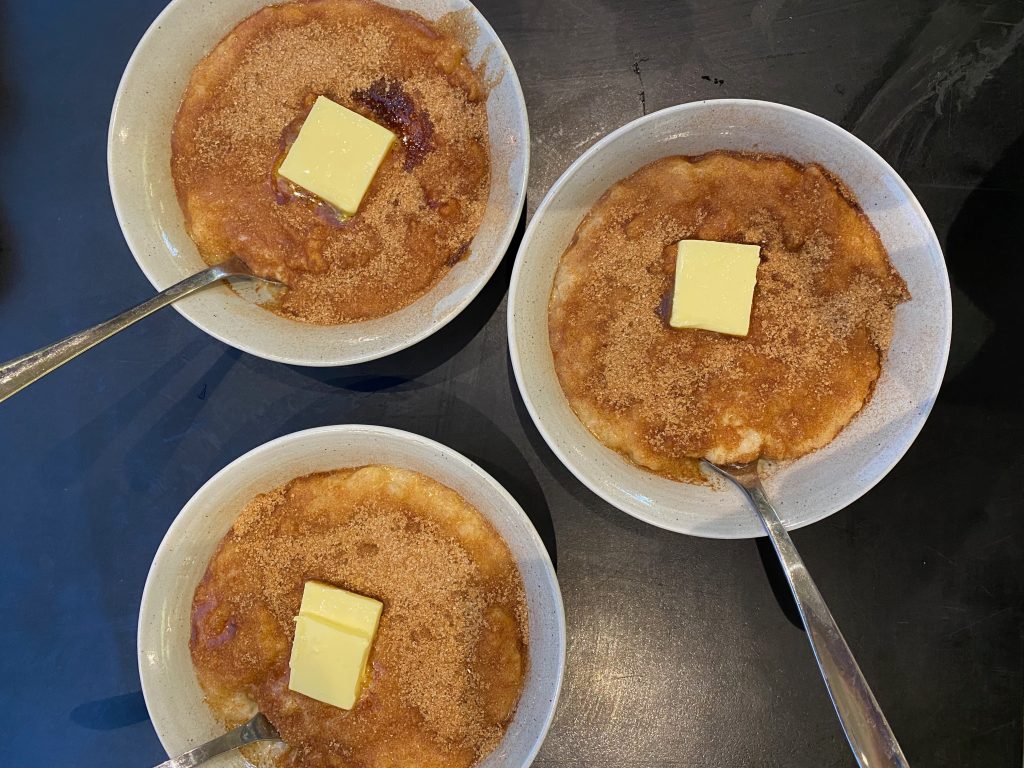
Gløgg (and Christmas markets…)
For those who are a little disappointed by the smaller markets that Stockholm offers, you might want to consider a December visit to Copenhagen. We were lucky enough to visit around Christmas time, and so were able to enjoy the copious Christmas markets which are scattered around the city. Simply take a stroll around the city, and you’ll probably find three or four on your way. Whilst they are pretty similar to other Christmas markets you can find around Europe, and not as large as those in Germany or elsewhere, they were fun to visit and provided some much needed warmth in the form of gløgg – the Scandinavian version of mulled wine.
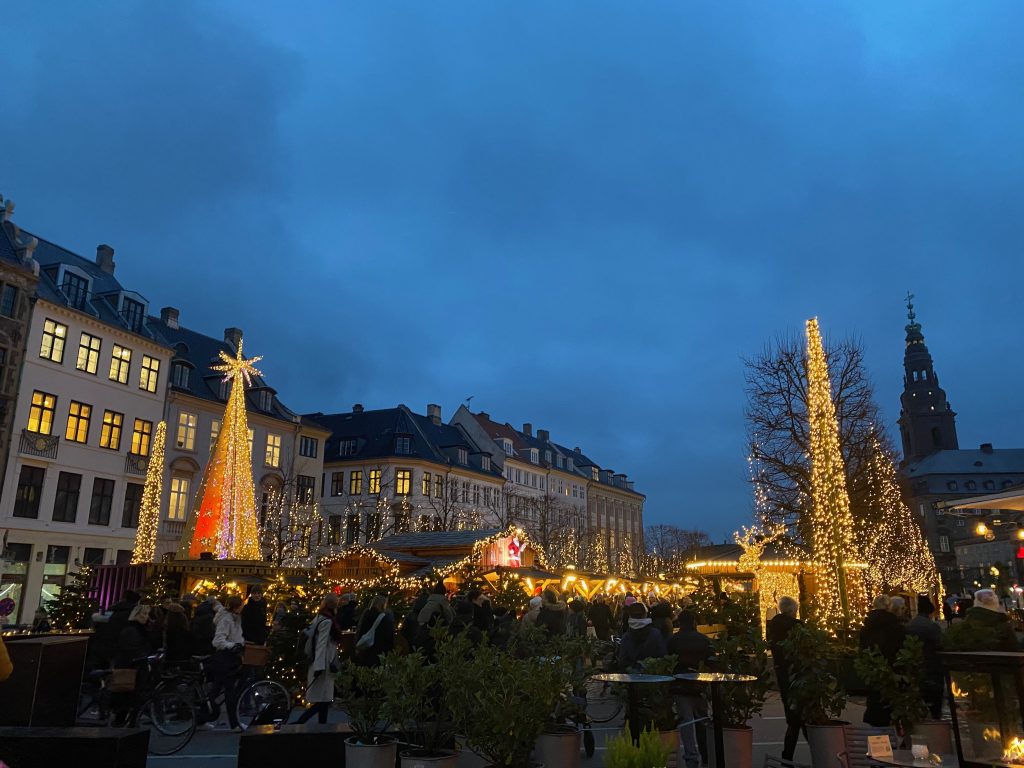
Getting around
Copenhagen is smaller than Stockholm, and so you could easily use walking as your main form of transport. We managed to walk most of the central areas within one day, and so decided to get travel passes for the public transport system to allow us to explore a bit further. Luckily for us, you can get passes for unlimited transport on Saturday and Sunday for just 50DKK (per day). The best thing we used these for was to visit the modern art museum Louisiana. This gorgeous museum is situated on the coast, and has amazing exhibits which change regularly, as well as stunning architecture and grounds. We imagined that this would’ve been even better in the summer!
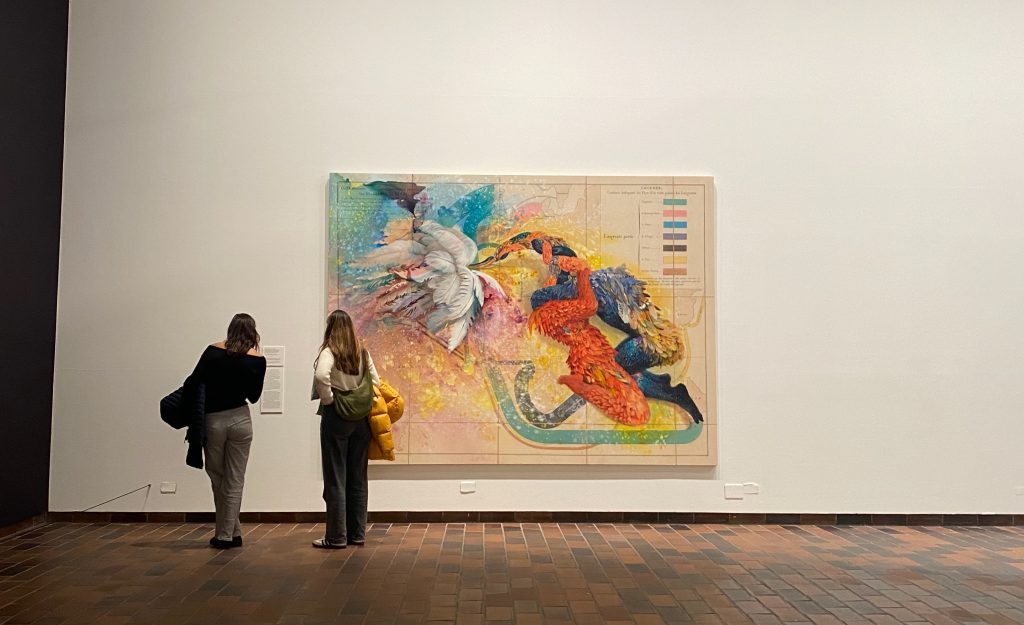
Global Health
A note for the prospective Global Health students – many of my classmates were also in Copenhagen this weekend for the Global Case Challenge, run by the University of Copenhagen. Participants have the opportunity to hear from and present to members of the WHO and UN, as well as attend a study visit to the UN City which is based here. For those particularly interested in a career in global health, this could be great for the CV. For us, it unfortunately came at a busy time, with thesis submissions and an exam the following week – but it remains a good opportunity if the timing is right.
(Greatly) Expensive
Lastly, I have to mention that this is an expensive city to visit. For those of us travelling on a budget, its good to keep track of how much you want to spend a day, and look early for flights and accommodation in order to save where you can. A key thing to note is that the DKK (Danish kroner) is stronger than the SEK currently, so for us it meant that everything was a bit more expensive than it would be in Stockholm. Whilst I’d recommend setting some money aside to eat out here since the food is so good, there are definitely ways to cut costs by eating in or eating cheaper meals that will save you money. Copenhagen is similar to Stockholm in that museum entry costs money, although there are often reduced student prices available. Therefore, it may be worth planning what you’d like to do on your trip beforehand, so that you know roughly how much each day will cost.
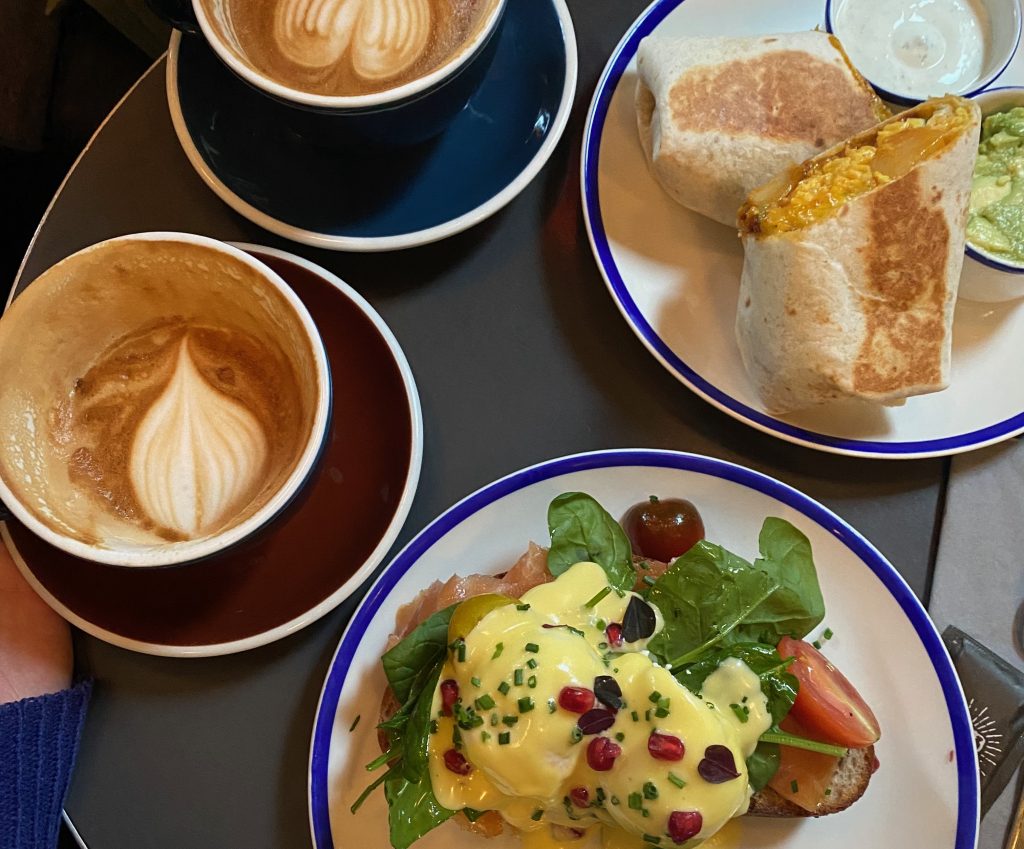
To summarise, whilst I found that it’s definitely not the cheapest of destinations, it is a lovely city and well worth a visit if you’re not planning to stay in Scandinavia for long. Thanks for following along, and see you next time 🙂

Emily - Global Health
Hi, I’m Emily! I’m from the UK, the USA and Malaysia, and I’m studying the Master’s in Global Health this year. I’m a medical student in the UK, and hope to work either in Emergency Medicine or Women’s Health, as well as in health policy development and implementation. In my free time, I love playing sports, thrift shopping, hiking and the outdoors, and trying out new cafés (all of which I have heard Stockholm is perfect for!). I’m excited to travel around Scandinavia this year, start some new sports, and explore the shops and cafés in Södermalm.

0 comments